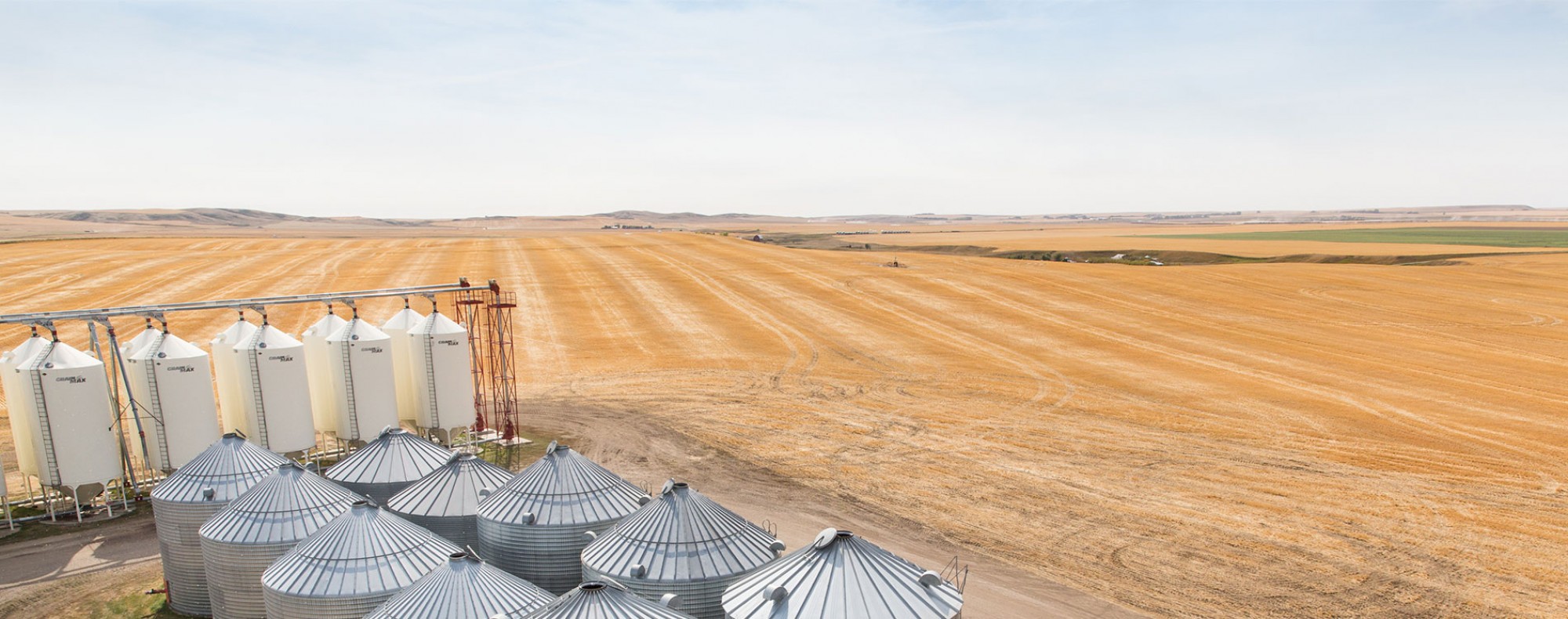Best management practices to support the adoption of an ultra-early wheat seeding system across broad-acres in Western Canada
Dr Dean Spaner, University of Alberta
AWC Contribution: $165,000
Start date: October 15, 2016
End date: March 31, 2019
Project Completion Report
The development of an ultra-early wheat seeding system in Western Canada began over five years ago with proof of concept and screening work in Guelph, Ontario and Lethbridge, Alberta. Since then the system has begun to take shape with several milestone developments in terms of agronomic components.
For successful ultra-early seeding into soils that are between 2°C and 6°C, the use of cold tolerant wheat lines is not necessary for the system to succeed as conventional type wheat varieties have thus far exhibited good tolerance to cold soils and cold growing conditions after seeding. Seeding rates of 400 viable seed m-2 have been shown to benefit both yield and system stability over more conventional seeding rates of 200 seeds m-2. Seeding depth (1-2”) did not have a significant effect on system stability or yield. Despite heavy frosts, normal to shallow seeding depths were sufficient to protect initial germination.
Fall-applied residual herbicides can be used in an ultra-early seeding system to maintain high levels of weed control without significant risk of crop injury. Nitrogen fertilizer is best used if banded in the spring in the same pass as the seed. The form of nitrogen did not have a significant effect on grain yield although wheat grain protein content may be increased by increased availability of N later in the season through enhanced efficiency products. Of the twelve current Western Canadian wheat varieties tested, none performed worse at an ultra-early seeding time than they did at a conventional seeding time.
While the short-term benefits of ultra-early seeding are straight-forward – improved labour distribution during seeding, increased yield potential, integrated weed management benefits, perhaps the mid to long term implications of the growing system are more vital. Ultra-early seeding essentially acts as an avoidance mechanism as our growing season shifts towards fewer more severe precipitation events and increased summer temperatures. Moving seeding earlier, capturing early season GDDs and early season moisture will allow earlier head fill and help to maintain yield in the face of predicted global wheat yield reductions.
